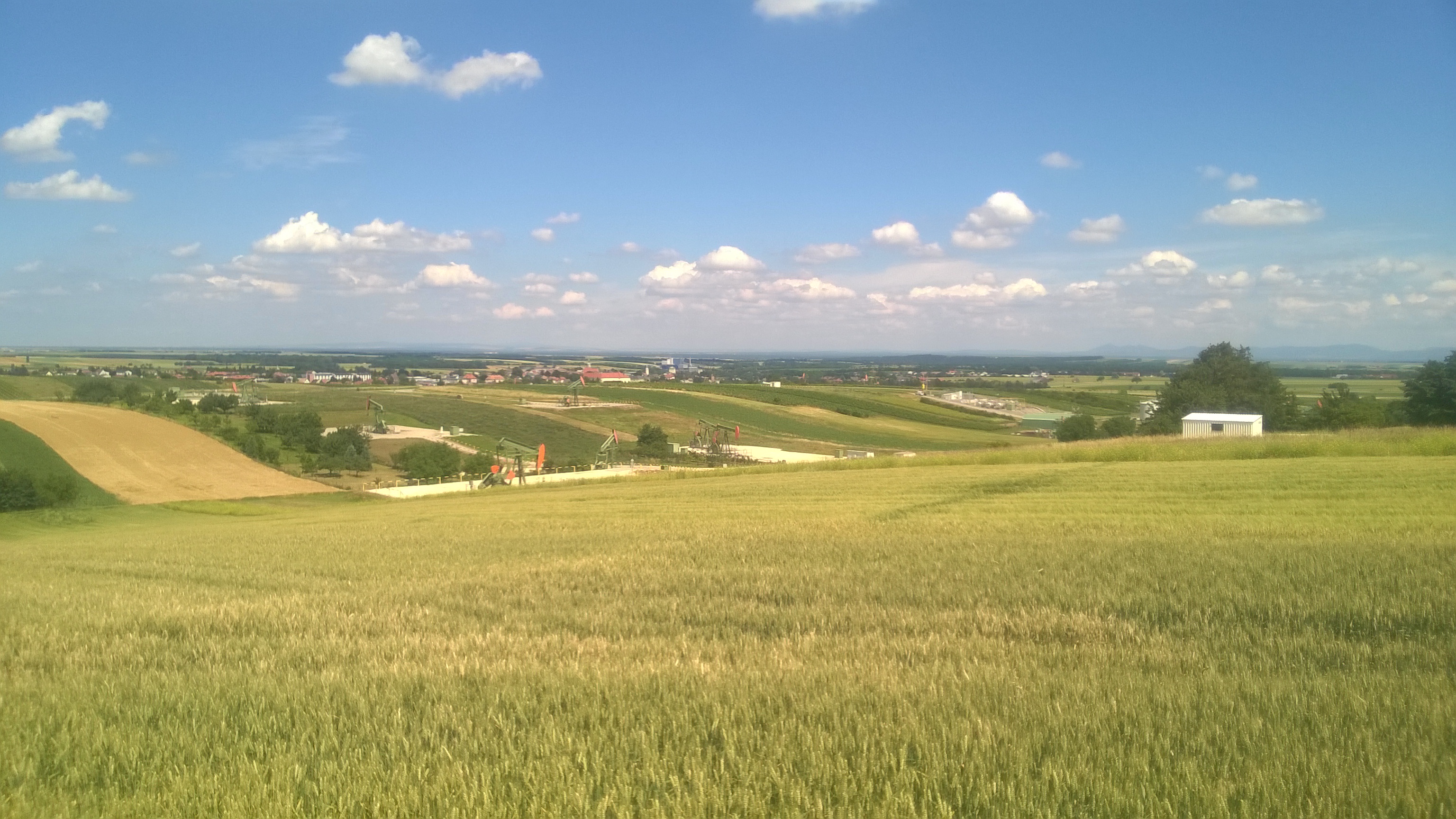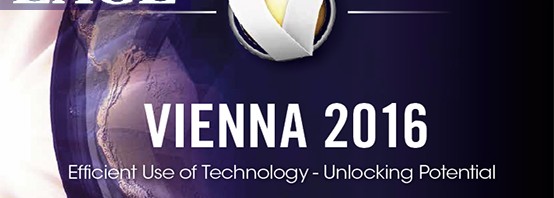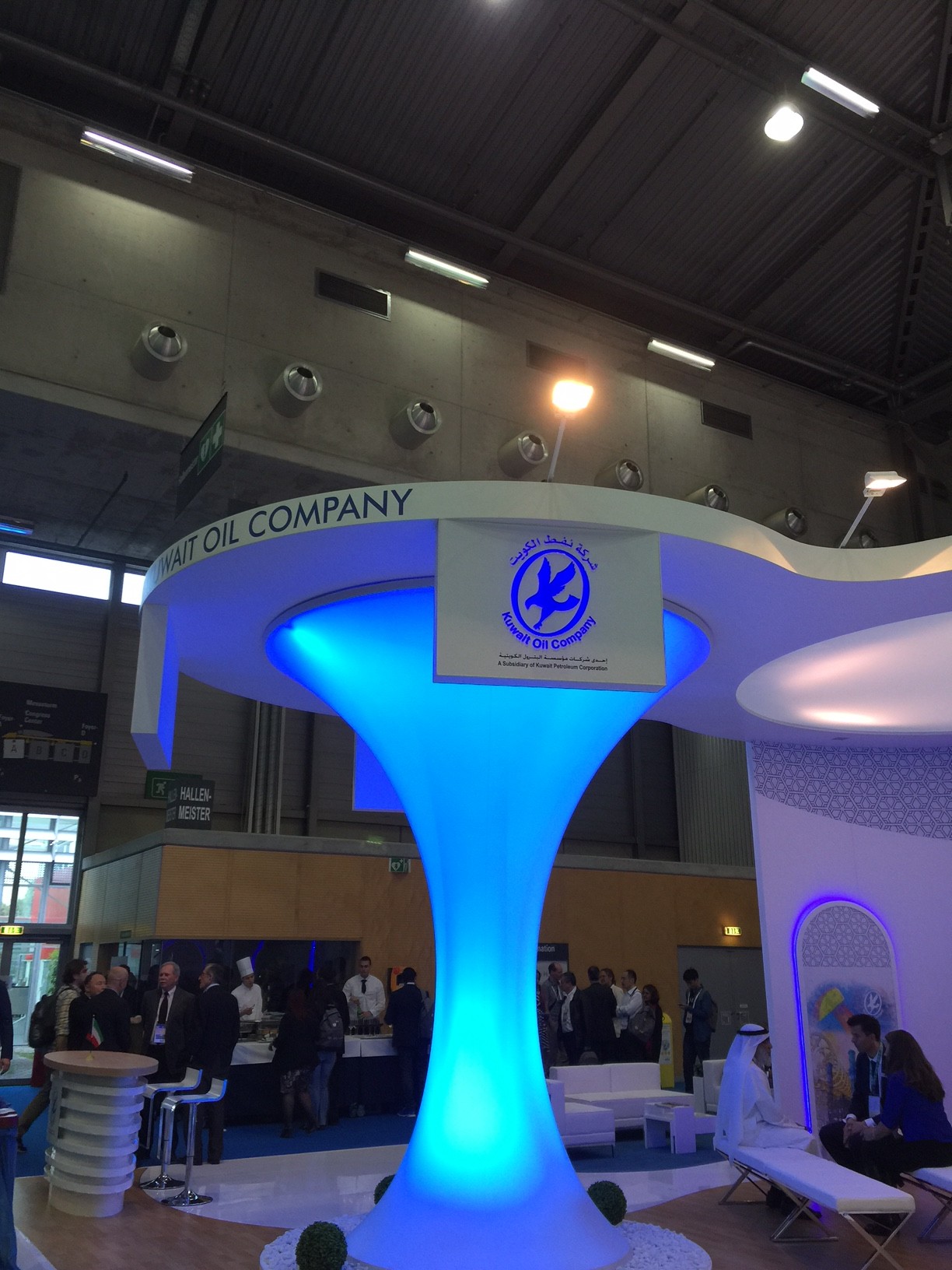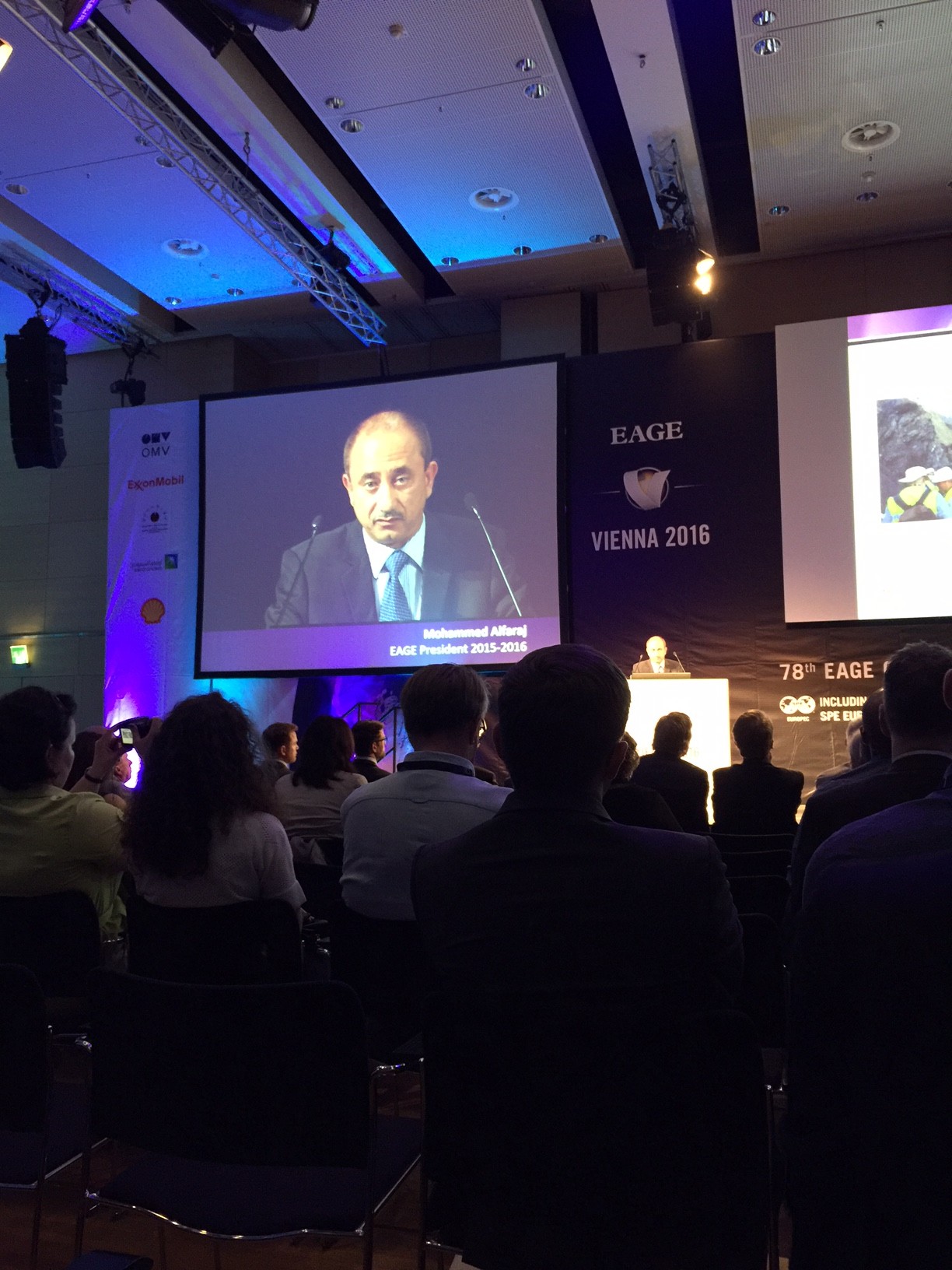We arrived in Zistersdorf after driving through the picturesque Lower Austrian wine (and oil) region Weinviertel, and were welcomed at RAG’s field office by their Head of Reservoir Management Michael Krassnitzer and the Geologist Hans-Gert Linzer. Our students got an interesting introduction to both the company and the geology of the Gaiselberg field – a peculiar field in several regards:
Due to its status of being a “Grubenfeld” (With its almost 80 years, the Gaiselberg field is one of the oldest oil fields in Austria.), the operator does not have to pay royalties, which is a big advantage at low oil prices; furthermore, the field is very well drilled despite its small size – more than 90 wells on only 4 square kilometers! This is necessary due to a very complex geology caused by the famous Steinberg fault.
After enjoying lunch in the office building, we were taken to several facilities in the environs of Zistersdorf, following the oil production from the well to the export lines. Our first stop was the Gaiselberg 86 well and the central production facilities close by. The SPE members got an impression of how the produced oil is separated from the (unfortunately much more) water and the gas. RAG pursues a very efficient way of using the produced fluids to a maximum: The gas is sold locally to be turned into electrical power, whereas the water is cleaned and reinjected into the reservoir. And most importantly the oil – the black gold is metered and pumped to the tank farm close to the refinery in Schwechat. The whole trip through the production facilities was accompanied by the favorite smell of our students – the smell of crude oil at noon.

Our next stop was RAG’s own workshop, where a few mechanics do repair jobs on almost all the tools RAG uses in the field. Packers, polished rods or tubing anchors – you name it, they repair them there! This gave our group the unique opportunity of seeing a great variety of standard oil field tools hands on, and have their functionality explained to us by those who know best, the people who use them day by day.
The highlight of the excursion was the visit of the Gaiselberg 1 well, Austria’s oldest producing well! Located on a gentle hill, this gave our group a view of the beauty of Lower Austria. Moreover, we took the opportunity to get to know two innovations of RAG. Firstly, we were introduced to one of Prof. Hofstätter’s inventions, a small electrical device which rotates the sucker rod string in order to allow for a more uniform wear on the rod string. After that, the students could hear about the MURAG system. This innovative system sold to companies all around the world provides continuous measurement of the fluid level inside a well.

Concluding our trip to Lower Austria, the SPE group went to a tank farm in Zistersdorf. There we heard about the necessity of storing crude oil for emergency situations. Moreover, we were shown the fully automated fire extinguishing system on the tanks.
We would like to thank RAG for their warm welcome and their hospitality. Without your sponsorship and your great team of guides, this truly amazing excursion would not have been possible!















